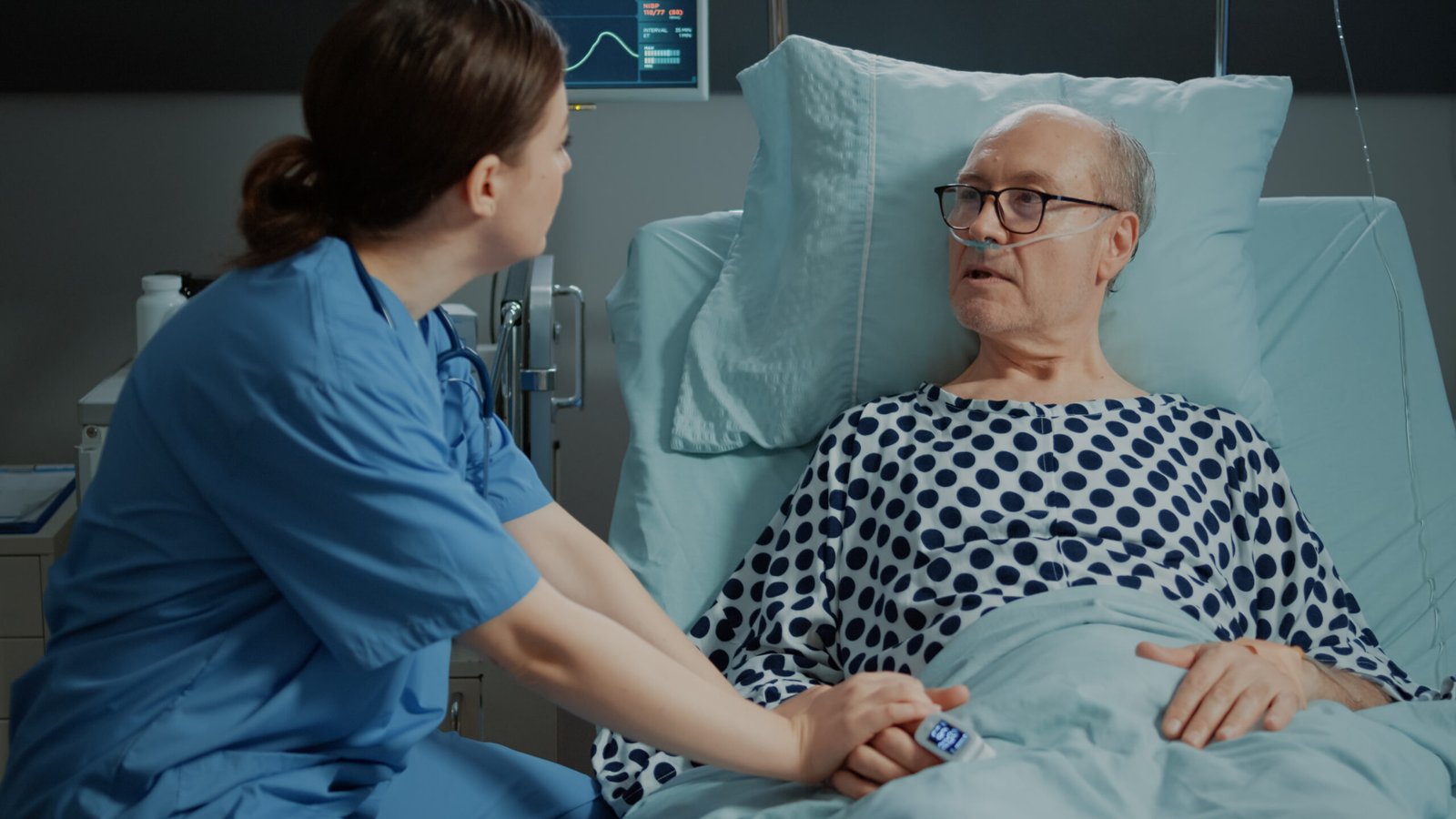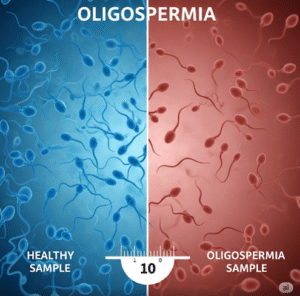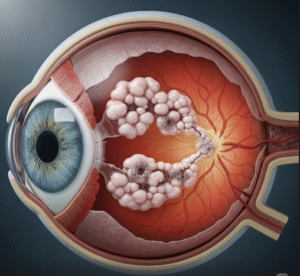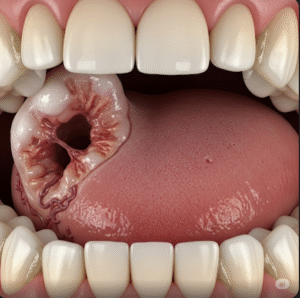Syncope in Korea
Overview
Syncope, commonly known as fainting or passing out, is a sudden temporary loss of consciousness usually caused by a drop in blood flow to the brain. While often harmless, it can sometimes signal serious underlying health issues. In Korea, syncope is a relatively common complaint seen in emergency departments and outpatient clinics, with advanced diagnostic tools and treatment options available at major hospitals.
What is Syncope?
Syncope is defined as a brief loss of consciousness and muscle tone, followed by spontaneous recovery. It occurs when there is insufficient blood flow to the brain, often due to a sudden drop in blood pressure, heart rate, or vascular resistance. Syncope is a symptom, not a disease itself, and can result from various cardiovascular, neurological, or metabolic conditions.
Symptoms
- Sudden fainting or collapse
- Lightheadedness or dizziness before fainting
- Blurred vision or tunnel vision
- Nausea or sweating
- Pale skin
- Confusion or fatigue after regaining consciousness
- A brief period of unconsciousness, usually less than a minute
Causes
Syncope is typically classified into three main types:
- Vasovagal (neurocardiogenic) syncope – most common and usually benign
- Triggered by stress, fear, pain, or standing for long periods
- Causes sudden drop in heart rate and blood pressure
- Situational syncope – occurs during specific actions
- Examples: coughing, urination (micturition syncope), swallowing
- Cardiac syncope – caused by heart-related issues
- Arrhythmias, structural heart disease, heart attack
- More serious and potentially life-threatening
- Orthostatic hypotension – drop in blood pressure upon standing
- Can be due to dehydration, blood loss, medications, or autonomic dysfunction
- Neurologic causes – seizures, stroke, or transient ischemic attack (TIA)
Risk Factors
- Age (more common in older adults)
- Dehydration or fasting
- Prolonged standing
- Heat exposure
- Certain medications (e.g., antihypertensives, diuretics)
- Heart disease
- Autonomic nervous system disorders
Complications
- Falls and injuries from sudden collapse
- Recurrent episodes affecting daily activities
- Risk of cardiac arrest (in cardiac syncope)
- Psychological distress (fear of fainting)
Prevention
- Stay hydrated
- Avoid prolonged standing or sudden position changes
- Identify and avoid known triggers
- Wear compression stockings (if prone to orthostatic hypotension)
- Treat underlying medical conditions
- Use caution with medications affecting blood pressure or heart rhythm
Treatment Options in Korea
1. Diagnosis
Korean hospitals offer comprehensive diagnostic tools to identify the cause of syncope:
- Medical history and physical examination
- Electrocardiogram (ECG) – to detect arrhythmias
- Echocardiogram – to evaluate structural heart issues
- Holter monitoring – 24–48 hour ECG monitoring
- Tilt table test – assesses response to position changes
- Blood tests – to check glucose, electrolytes, anemia
- EEG or brain imaging (CT/MRI) – if neurological causes are suspected
2. Treatment
Treatment depends on the underlying cause:
- Vasovagal syncope
- Education, increased fluid/salt intake
- Physical counter-pressure maneuvers (e.g., leg crossing, muscle tensing)
- In rare cases, medications like midodrine
- Orthostatic hypotension
- Adjusting medications
- Increased fluid and salt
- Fludrocortisone or midodrine
- Cardiac syncope
- Treat underlying arrhythmia or structural problem
- May require pacemaker or implantable defibrillator (ICD)
- Neurologic syncope
- Treated based on specific condition (e.g., epilepsy)













